ADU BASICS
Start here to learn about ADUs in San Diego
Just starting to think about building an accessory dwelling unit (ADU) on your property in San Diego? You probably have a lot of questions…
What is an ADU? Is an ADU the same thing as a companion unit, granny flat, casita, guest house or in-law suite? What and where can I build on my property? How do I start in the process? Do I need to talk to an architect or a contractor first, or maybe start with financing? How much will an ADU cost?
We’re here to guide you through the basics! Begin with this overview to familiarize yourself with essential terminology and understand what California laws mandate for local governments in terms of ADU development.
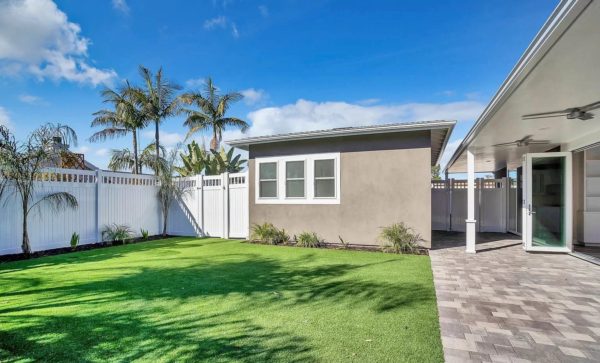
What is an ADU?
In construction and real estate, ADU means “accessory dwelling unit.” An ADU is a secondary housing unit that exists on a property that’s zoned for single-family or multifamily residential use. ADUs can be detached from the main house (such as a new stand-alone home in the backyard), attached to the main house (like a garage conversion), or part of the main house (like an upstairs unit). ADUs include a full kitchen, a bathroom, and a separate entrance.
ADUs, commonly referred to as “granny flats,” “in-law units,” or “backyard cottages,” have emerged as a practical response to the housing shortages in many urban areas. These compact, efficient homes provide a versatile option for property owners, enabling them to make the most of their existing space in several ways. Beyond just serving as additional living quarters for family members or a source of rental income, ADUs can fulfill a variety of other needs. They can offer a private and comfortable space for guests, serve as a home office or studio for those working remotely or pursuing creative endeavors, or even function as a dedicated area for hobbies and leisure activities that require more room than the main house can afford. This adaptability not only enhances the value of one’s property but also contributes to addressing broader housing challenges by increasing the available housing stock in a community.
ADU terminology FAQs
What is the difference between an ADU and a guest house? Is a granny flat the same as an ADU?
ADU, granny flat, companion unit, casita, guest house, granny cottage, secondary living unit, mother-in-law apartment, second dwelling unit, in law suite, carriage house, au-pair suite… you may hear any of these terms used interchangeably for an accessory dwelling unit (sometimes mistakenly called an “additional dwelling unit,” “auxiliary dwelling unit” or “accessible dwelling unit”… we like to think they’re awesome dwelling units).
What is a Junior Accessory Dwelling Unit (JADU)?
Junior ADUs (JADUs) offer an option to add another unit (in addition to an ADU) within your existing home. JADUs must be contained within an existing or proposed single family home (think garage or spare bedroom), under 500sqft (you can add on up to 150 sqft to get to 500), and have a full bathroom and efficiency kitchen (appliances + cabinets). ADUs also come with owner occupancy requirements, meaning the property owner must live somewhere on the premises.
What are guest living quarters?
ADUs are also sometimes called guest houses, though there is a technical definition of “guest living quarters,” which are different than ADUs. Guest Living Quarters are only for use by those employed on the premises or for temporary use by guests and may not be rented out. Guest Living Quarters may not have kitchens or laundry facilities. In some municipalities, guest living quarters can co-exist with an ADU, but the County of San Diego only allows an ADU or a guest living quarters.
What about tiny homes as ADUs?
Tiny homes have recently been classified as a type of ADU in San Diego – you can have a detached tiny home (150-430 sqft in size, licensed by the DMV) as your ADU in your back yard. Note that this is not in addition to having an ADU; the tiny home is classified as the ADU. Tiny Homes must be connected to all utilities and sit on a concrete pad, which means the all-in costs of using a tiny home for your ADU often end up looking very similar to a permanent ADU.
Read more about tiny homes vs ADUs.
How many ADUs can I build?
ADUs may be built on residential zoned lots, including single family and multifamily, that have an existing primary dwelling unit on them.
Single family properties may add an ADU + JADU. Multifamily properties may add two detached ADUs, plus convert existing non-habitable space into additional ADUs. And in the City of San Diego, you may be able to add even more ADUs under the ADU Bonus Program.
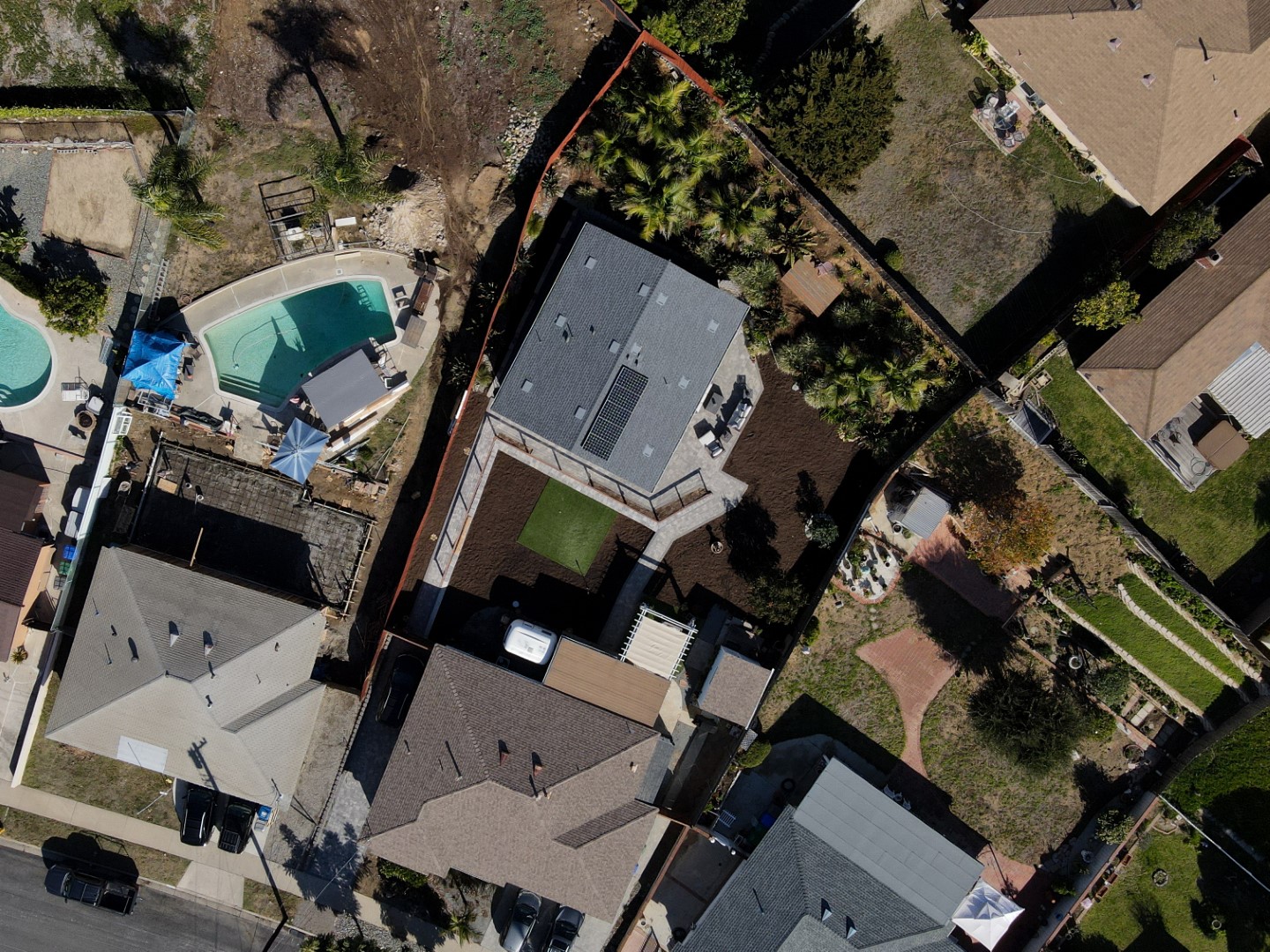
Watch our ADU 101 Webinar
Thinking about building an ADU and want to learn more about the whole process? We’d love to help make sure you know exactly how it all works in our on-demand webinar. Learn from a top ADU contractor.
What types of accessory dwelling units are there and where can you add ADUs?
ADUs can take various forms, offering flexibility in their design and construction. ADUs can be built as stand-alone structures on your property – known as a “detached” ADU – providing a separate and independent living space. Guest houses can alternatively be attached to your current residence, serving as an addition or expansion to the existing structure. Or, you can convert existing space like a garage. These options allow homeowners to choose the ADU type that best suits their needs and property layout. Also, each jurisdiction will have different rules for what you can build.
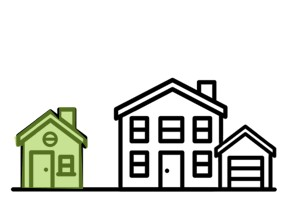
Detached ADU
Add a standalone “detached” ADU to add more space that is separate from the existing home. Each city will have different rules for the setbacks that apply to the unit, which is how far it must be from the property lines and the existing home.
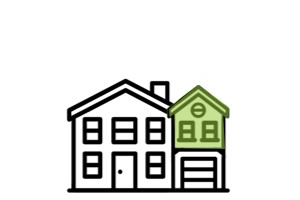
Attached ADU
You can choose to add on to your main home to create an “attached” ADU. This option involves some additional uncertainty since the construction involves the existing structure.
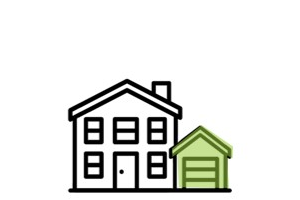
Conversion
You can also choose to convert an existing structure, such as a garage or other building on your property, into an ADU. This process involves repurposing the space to accommodate independent living quarters and could be attached or detached from the main home.
Check your city’s ADU regulations
While the new statewide ADU laws have made it much easier to add an ADU in San Diego, each municipality operates with a different set of requirements. Knowing how to scope & prepare your ADU project can mean the difference between a quick permit issuance and a drawn-out, costly process of resubmittals and additional fees.
What are the new ADU laws in California?
With a series of laws passed promoting ADUs as a housing solution over the past decades, the State of California has made it much easier to add accessory dwelling units.
The state rules set the “floor” for the local jurisdictions, meaning some cities will just allow that minimum, while others (like the City of San Diego), have created even more ADU-friendly rules. Below are some of the most important state-wide regulations… and be sure to check your local ADU ordinance for specifics rules that apply to your property.
Size & Reduced Setbacks
No minimum lot size requirement for ADUs in CA. Local municipalities must allow a minimum of a 850 sqft 1BR or 1000 sqft 2BR+ with only 4′ side and rear setbacks, and many cities allow up to 1200 sqft. Also, at least an 800 sqft ADU must be allowed “by right,” even if it must encroach on the front setbacks or exceed FAR restrictions.
Lower Permitting Fees
Many impact and development fees for ADUs have been waived, and some remaining fees can be minimized by being aware of the important thresholds for square footage that trigger higher fees (e.g. 500 sqft, 750 sqft, 1000 sqft). Some cities also offer additional waivers.
No Owner Occupancy
Owner occupancy requirements for ADUs are no longer required, meaning you can add ADUs on rental properties. State regulations recently evolved to ban owner occupancy requirements indefinitely.
HOAs
HOAs (Home Owners Associations) and CC&Rs (Covenants, Conditions & Restrictions) cannot reasonably prohibit development of ADUs. We design exteriors of ADUs to blend with the main home to conform to standards for exterior finishes.
Parking
Most parking requirements have been waived (none required if within 1/2 mile from public transit or car shares), or are readily addressed (parking spaces may be designated on the driveway).
Application Review
Building departments are required to act on any ADU application within 60 days (and we see most acting much sooner). Note though this doesn’t mean you’ll be approved that soon – most permitting processes still take 3-8 months.
How much does an ADU cost in San Diego?
We’re so glad you asked! We are big on transparency and like to get into the numbers with you right away. Check out our ADU Costs page with the link below for everything you need to know about the full cost to design, permit & build an ADU in San Diego.

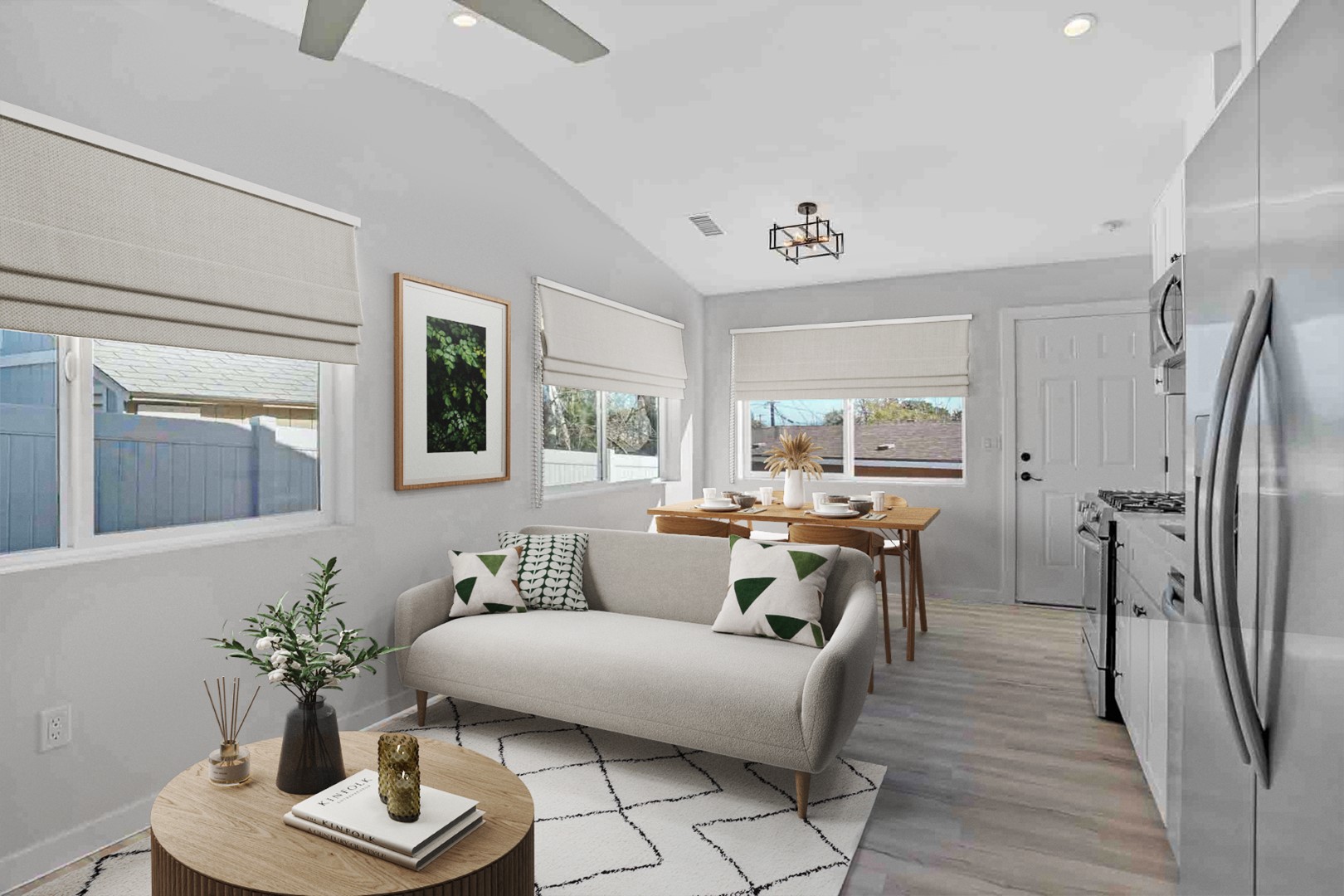
How long does it take to build an ADU?
The entire process of designing, permitting, and building a new construction accessory dwelling unit (ADU) will take 10-18 months depending on complexity of your design, the city in which you are located, and your site conditions. Design is roughly 3-4 months, permitting 3-8 months, and build out is 5-7 months (highly variable based on jurisdiction and also unit size). Read more about the three phases and how long each takes.
How do I start to build an ADU in San Diego?
With all the moving parts involved with building an ADU, it’s tough to know where to start. With an architect? A contractor? Maybe a lender? At the city planning office? Or with an ADU consultant? At Snap ADU by Moore Construction, we’re excited to dig into all of these aspects with you and act as the ADU builder and “quarterback” on your project. We have the in-house expertise and established partnerships to guide you through the ADU building process and make it all happen in a snap.
Put simply, we like being involved in all aspects of your ADU project to make sure it goes well, whether you are going full custom or working with a standard plan. We offer our own value-engineered floor plans & designs, but if you have your own architect that’s OK, too… or we can also start from scratch with you on designing a custom plan. We also regularly work with the San Diego County Standard ADU Building Plans and the Encinitas PRADU Building Plans (and you’ll want to read more about considerations for using county standard plans on our FAQ page). If you will be getting financing, we want to talk to your lender right away to make sure you will have exactly what is required.
Why build an ADU in San Diego?
San Diego homeowners build ADUs for many different reasons. Whether you’re thinking about moving part of your family to the ADU or looking for extra income, ADUs are flexible additions that can afford your family more options on your existing property… while adding value to the property when you eventually sell (or even sooner if you decide to refinance). An August 2020 Bloomberg article mentioned many families are opting for an ADU in the back yard for aging grandparents and skipping the nursing home.
Rental Income
Rent out your ADU for periods of 30 days or more… or downsize and move into the ADU so you can rent out your main house!
Family Housing
Ready to move your parents onto your property? College students need a place to live? ADUs have you covered for family housing needs.
Guest House
Live-in nanny or au pair? Frequent guests visiting from out of town? An ADU can increase flexibility & add to your property value.